In honor of of Asia Art Week 2020 this March, browngrotta arts has collated contemporary works by 12 artists born in Japan and Korea for an online exhibition, Transforming Tradition: Japanese and Korean Contemporary Craft. The works include ceramics, weavings, baskets and sculptures made of paper and silk.
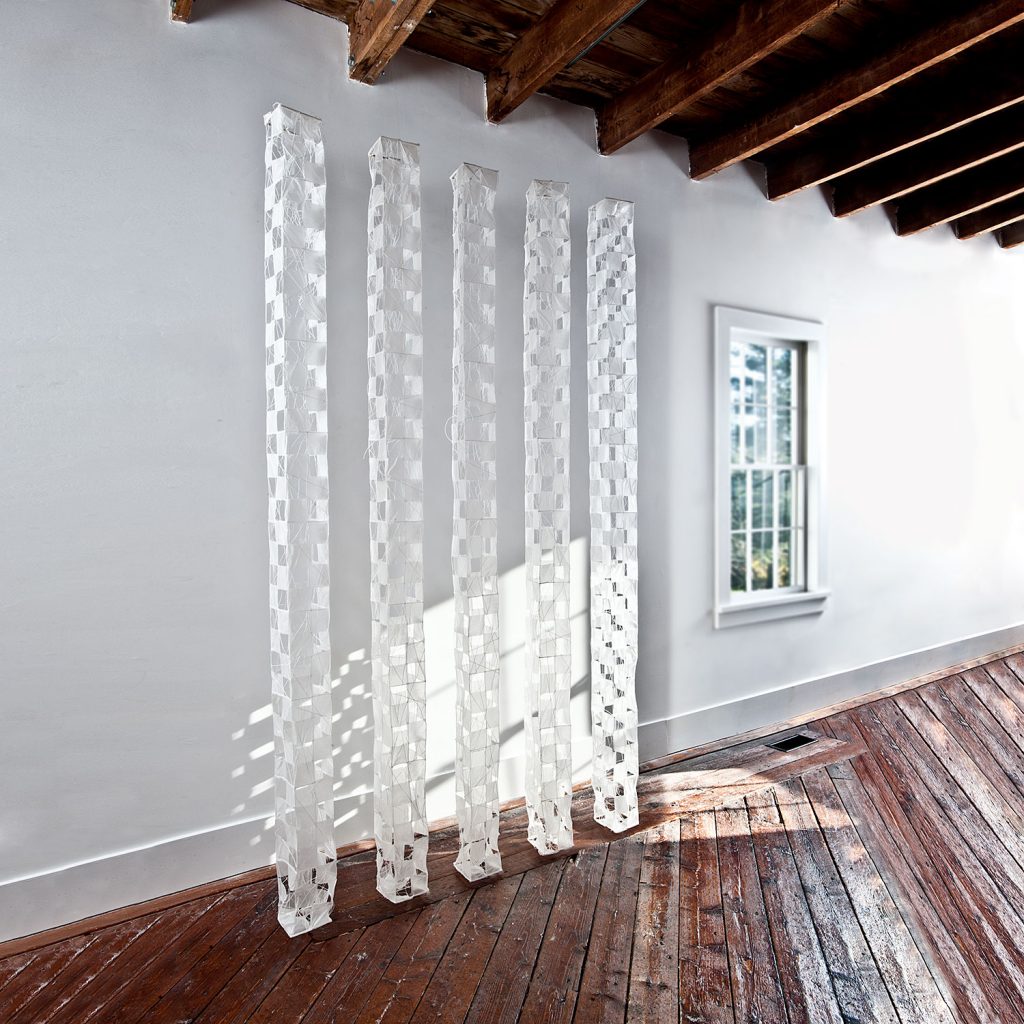
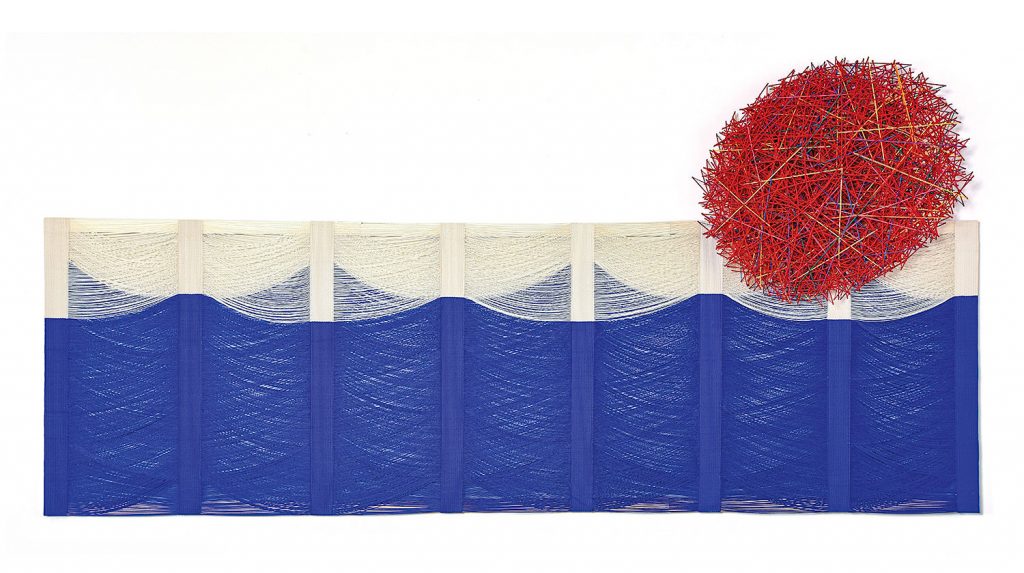
Notable in the exhibition are paper sculptures by Naomi Kobayashi and an elegant silk thread assemblage by her late husband, Masakazu Kobayashi. The couple often collaborated, working on installations that combined elements created by each of them. “These works express a shared vision and such common themes as the tranquility of nature, the infinity of the universe and the Japanese spirit,” Masakuzu once explained. “Naomi and I work in fiber because natural materials have integrity, are gentle and flexible. In my own work, I search for an equilibrium between my capacity as a creator and the energy of the world around me.”
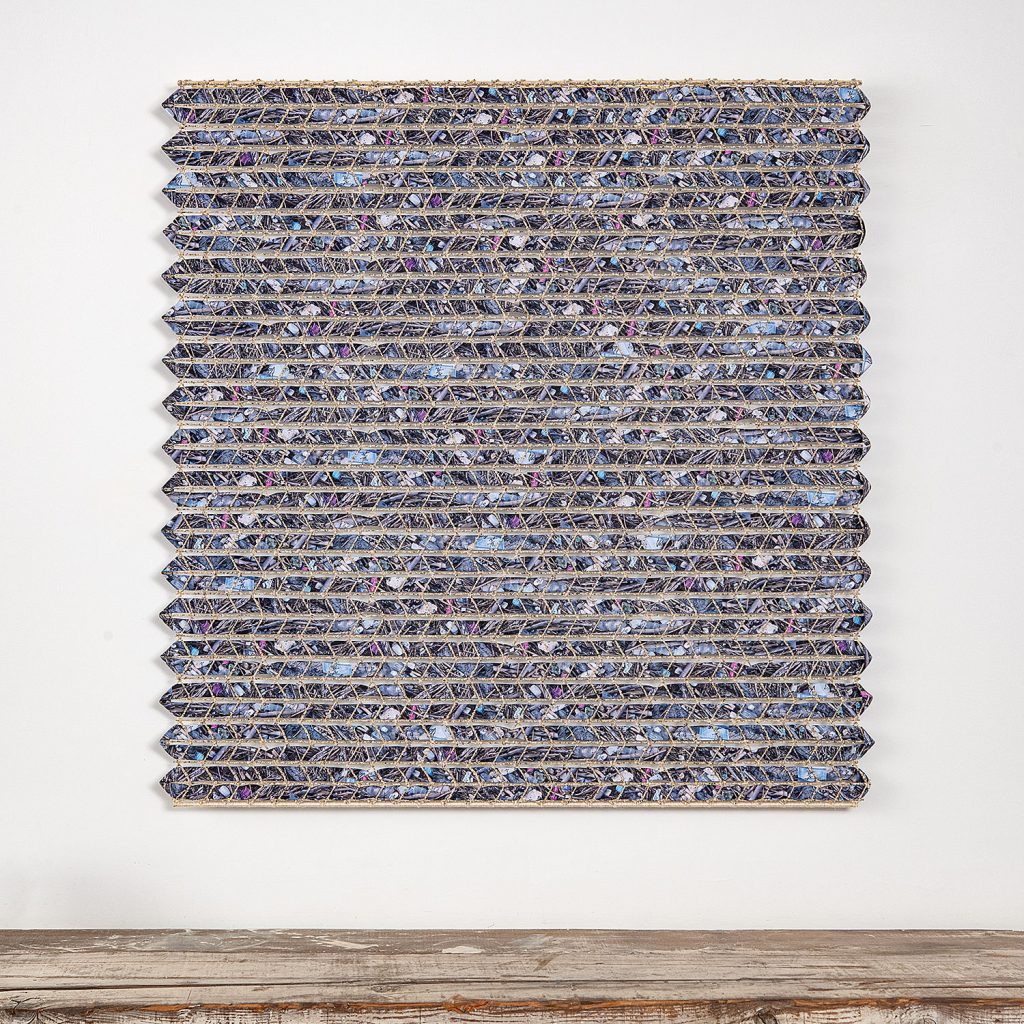
Keiji Nio’s interlaced wall work is inspired by a haiku, Rough Sea of Sado, from Japanese haiku master Matsuo Basho’s haiku series. In it, Basho describes the deep blue waves of the Sea of Japan as they are reflected in the night sky and the light blue waves hitting the beach. The work incorporates ribbons on which Nio has screened images from the sea and tiny pebbles from the shore. Nio is a faculty member at the Kyoto University of Art & Design, who combines industrial and natural materials in his works to make statements about nature and man’s relationship to the world.
You can view Transforming Tradition: Japanaese and Korean Contemporary Contemporary Craft Online by visiting browngrotta arts’ You Tube channel at: https://youtu.be/uPzR-5EXyGI . You can see each individual work in the exhibition on Artsy: https://www.artsy.net/show/browngrotta-arts-transforming-tradition-japanese-and-korean-contemporary-craft and learn more about the artists included by visiting arttextstyle https://arttextstyle.com and browngrotta arts’ website: http://www.browngrotta.com
Artists included:
Chiyoko Tanaka (Japan)
Jiro Yonezawa (Japan)
Masakazu Kobayshi (Japan)
Naomi Kobayashi (Japan)
Kyoko Kumai (Japan)
Kiyomi Iwata (Japan/US)
Yasuhisa Kohyama (Japan)
Keiji Nio (Japan)
Hisako Sekijima (Japan)
Toshio Sekiji (Japan)
Jin-Sook So (Korea)
Chang Yeonsoon (Korea)
about browngrotta arts
browngrotta arts represents the work of more than 100 international contemporary textile and fiber artists. The firm has published 49 art catalogs and placed art work in dozens of private and corporate collections in the US and abroad, as well as in the permanent collections of the Metropolitan Museum of Art, Museum of Arts and Design, the Art Institute of Chicago, the Philadelphia Museum of Art, and the Renwick Gallery of the Smithsonian Museum. browngrotta arts’ website, http://www.browngrotta.com, and its blog, https://arttextstyle.com, are destination sites for art consultants, interior designers, collectors and practitioners.

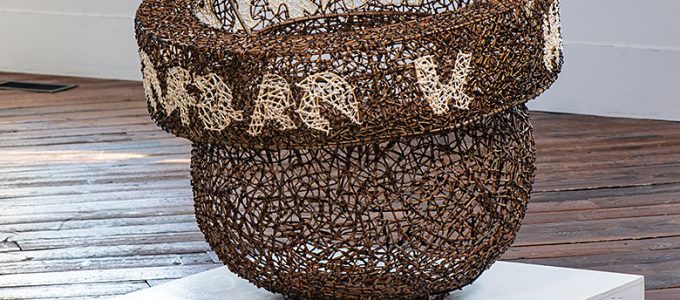


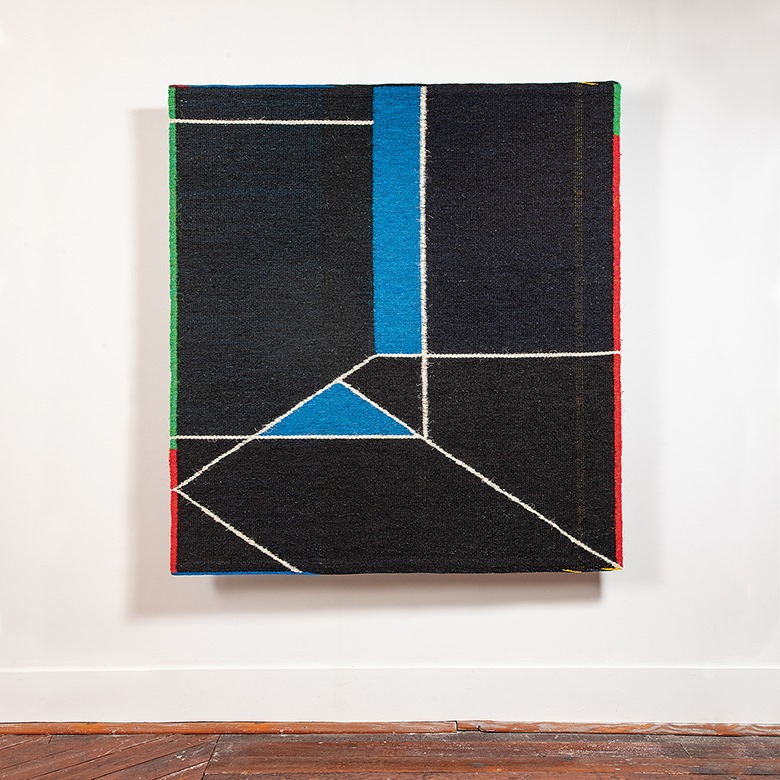
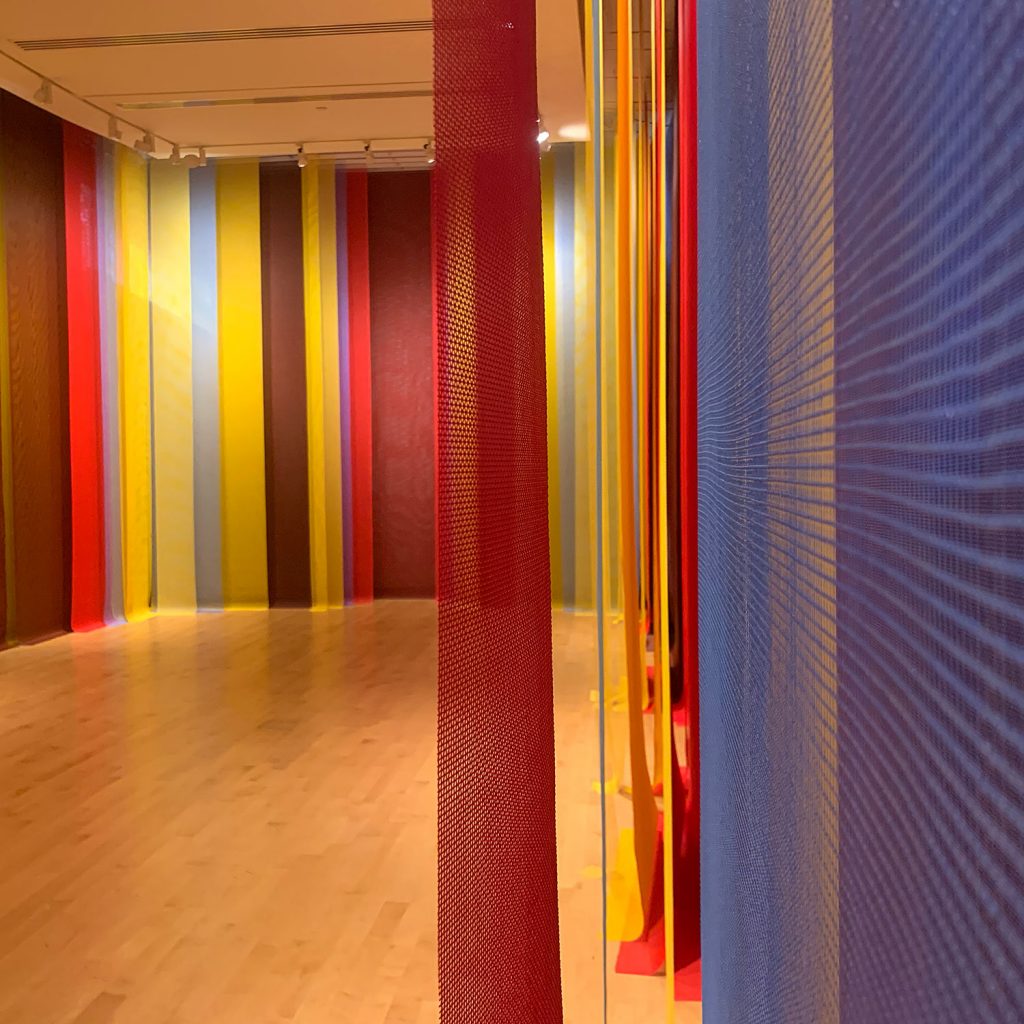
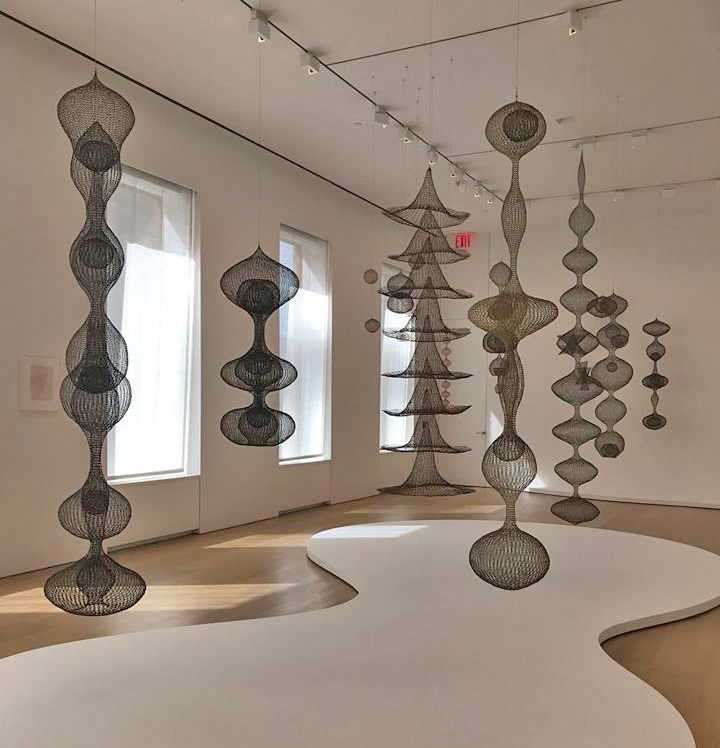
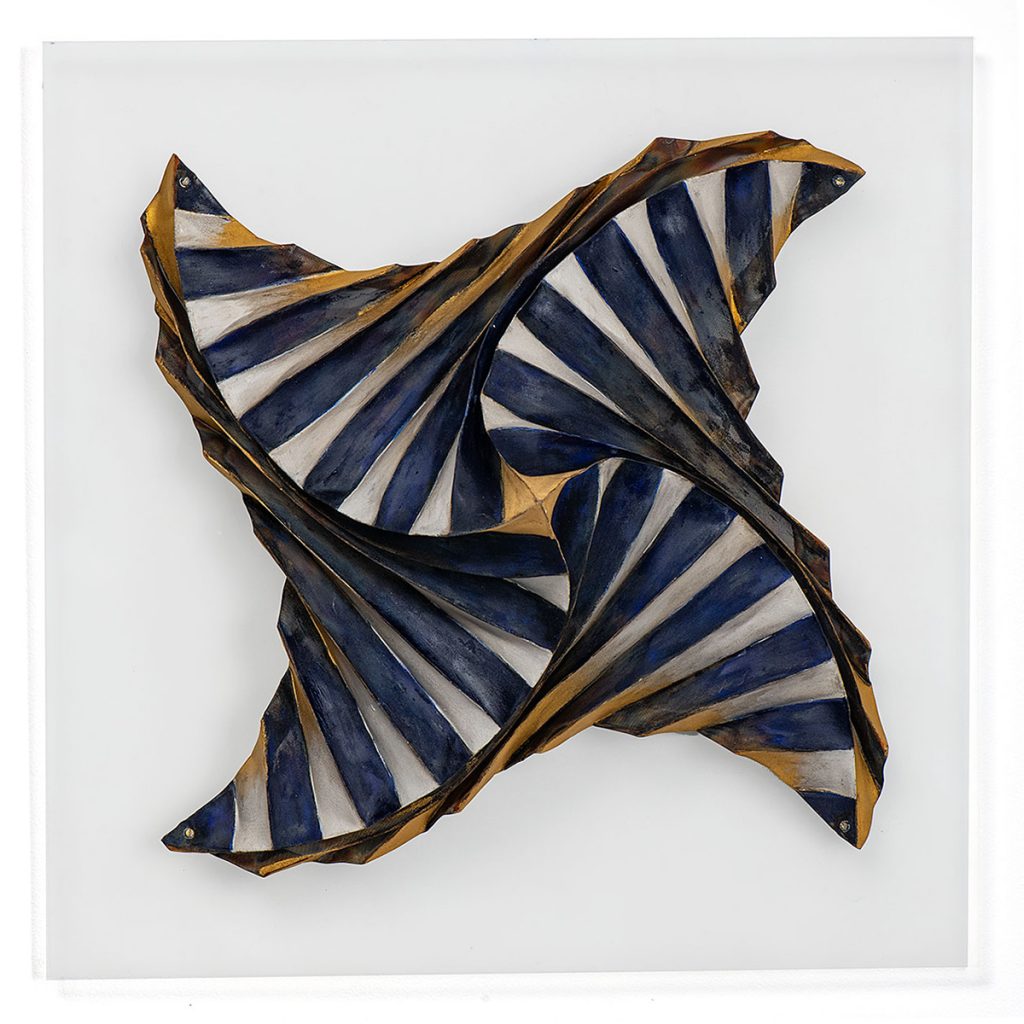
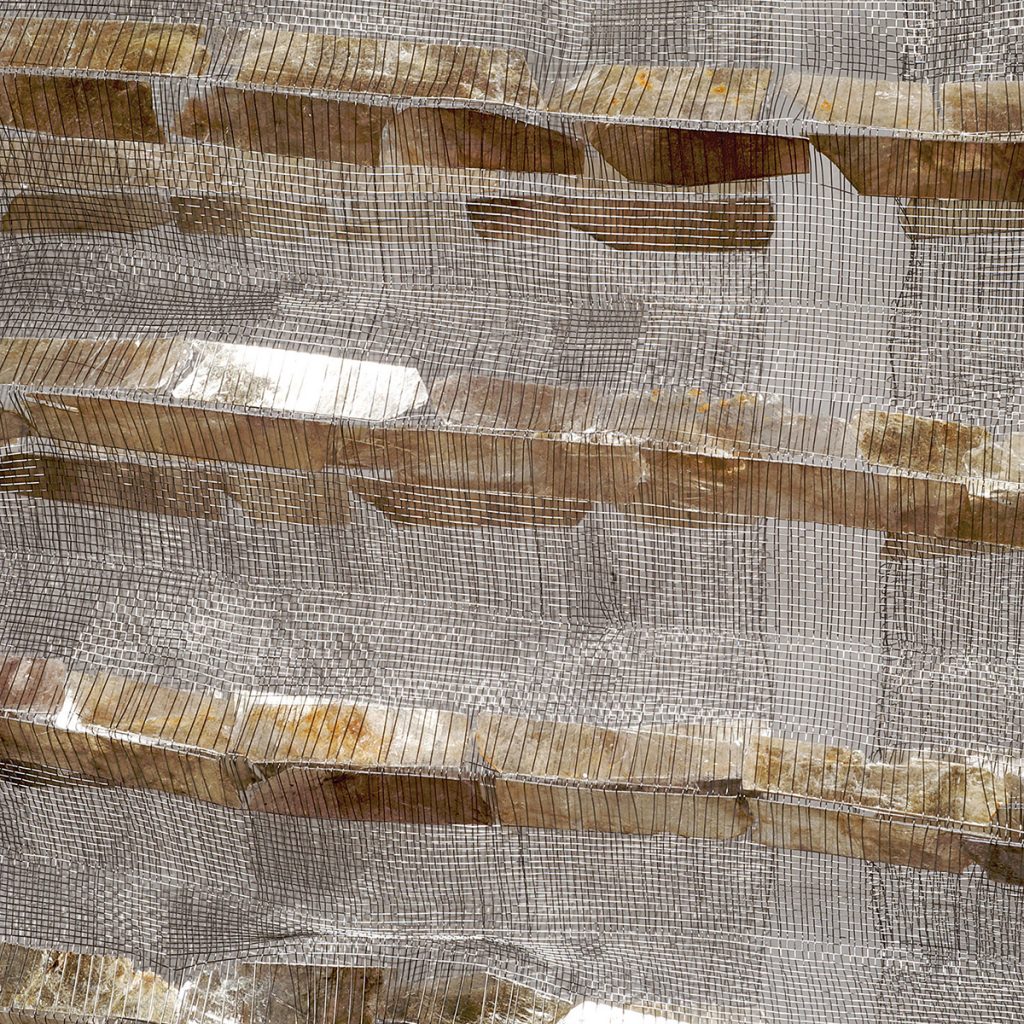
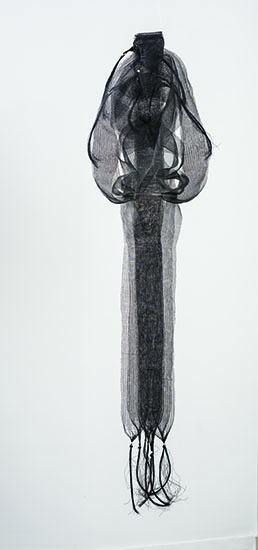
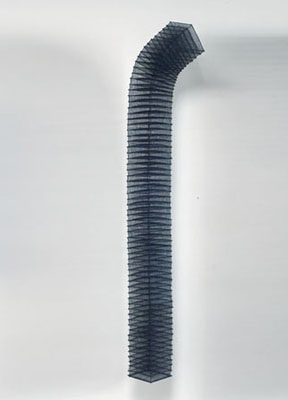
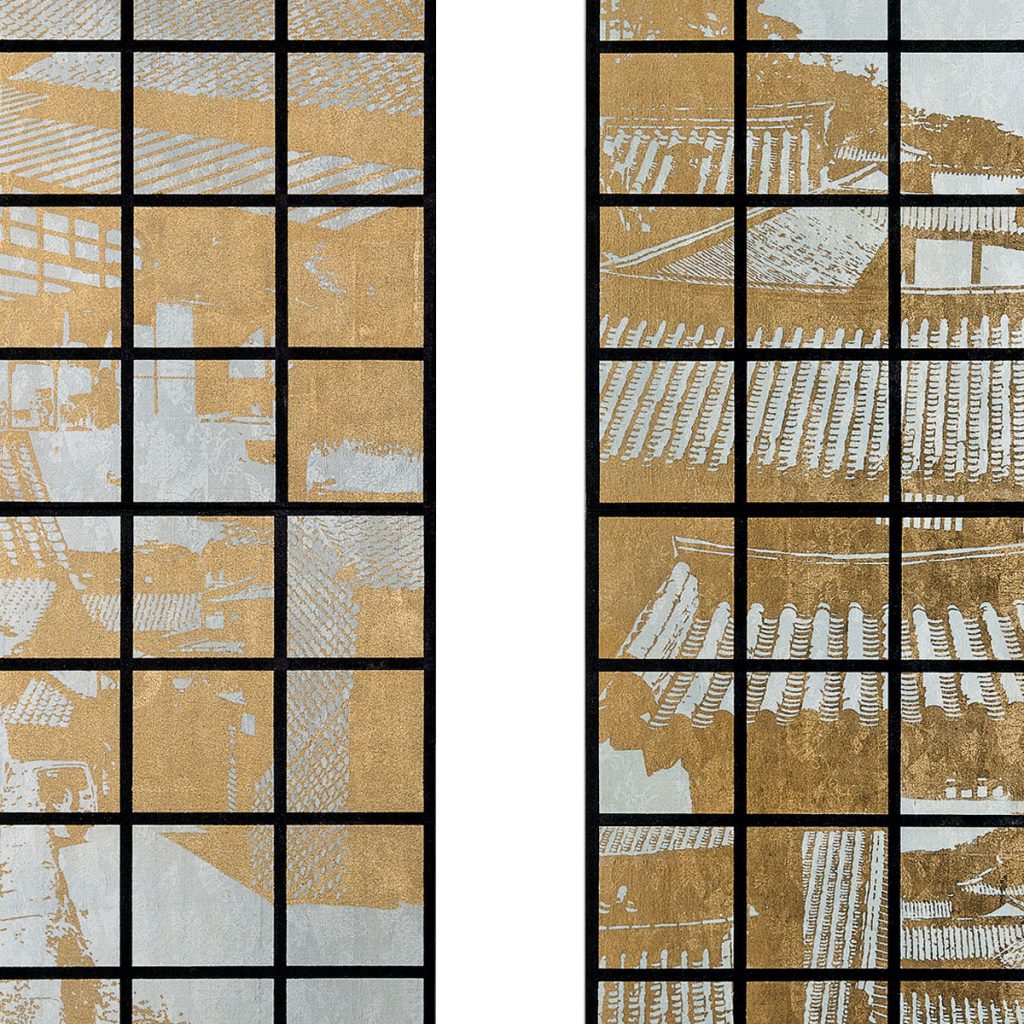
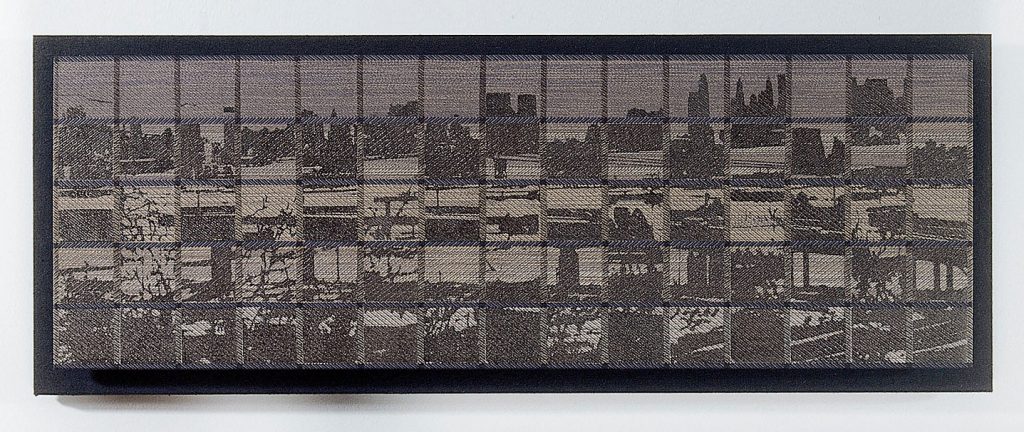

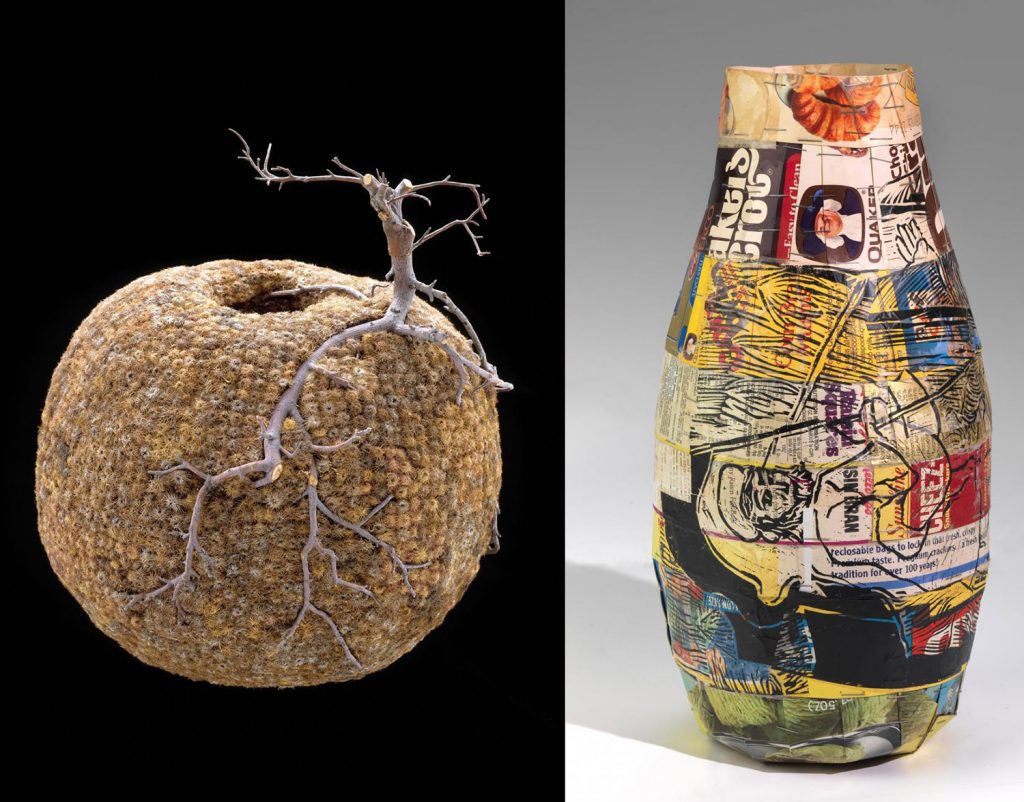
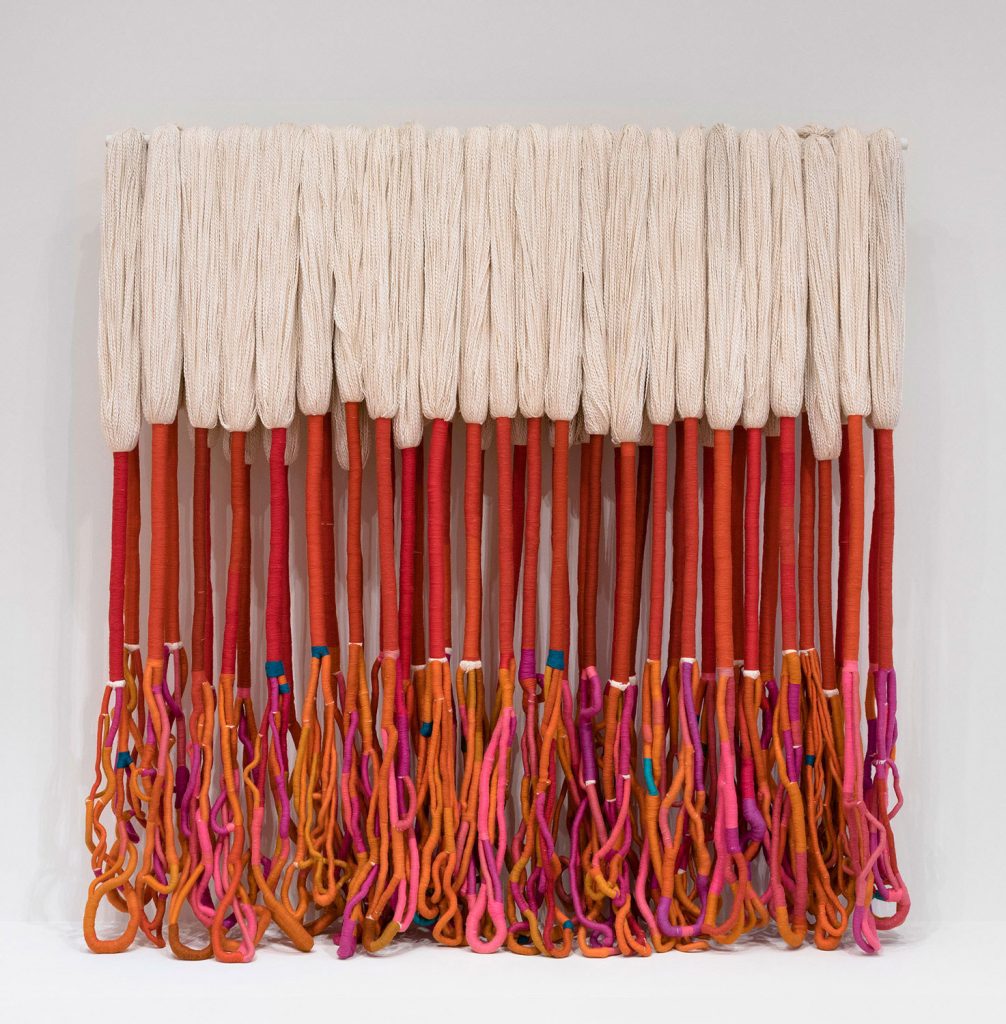


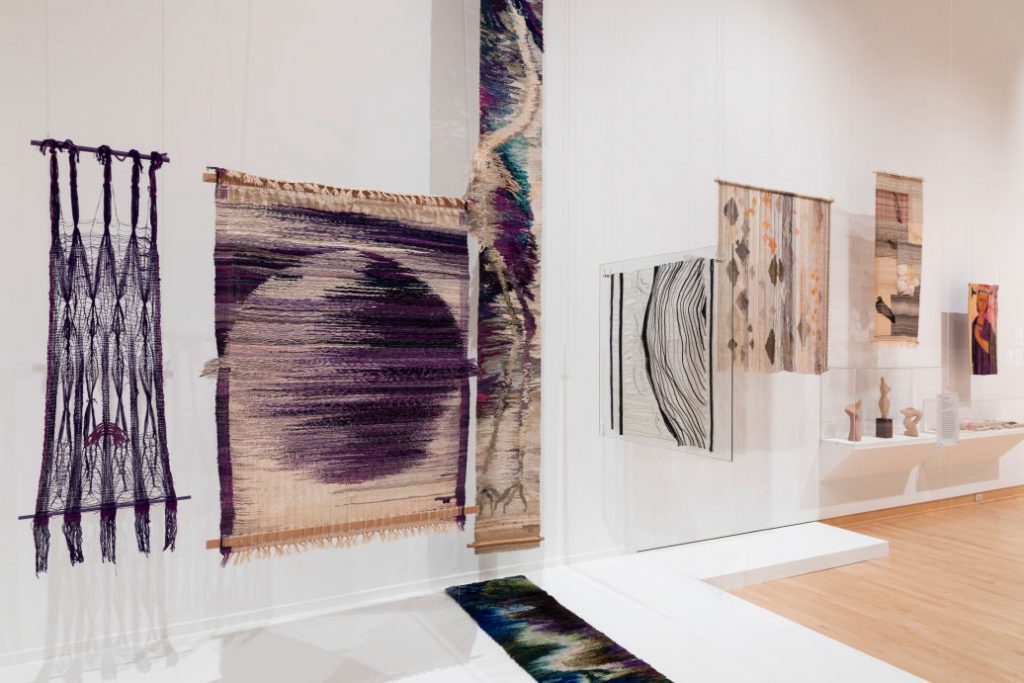


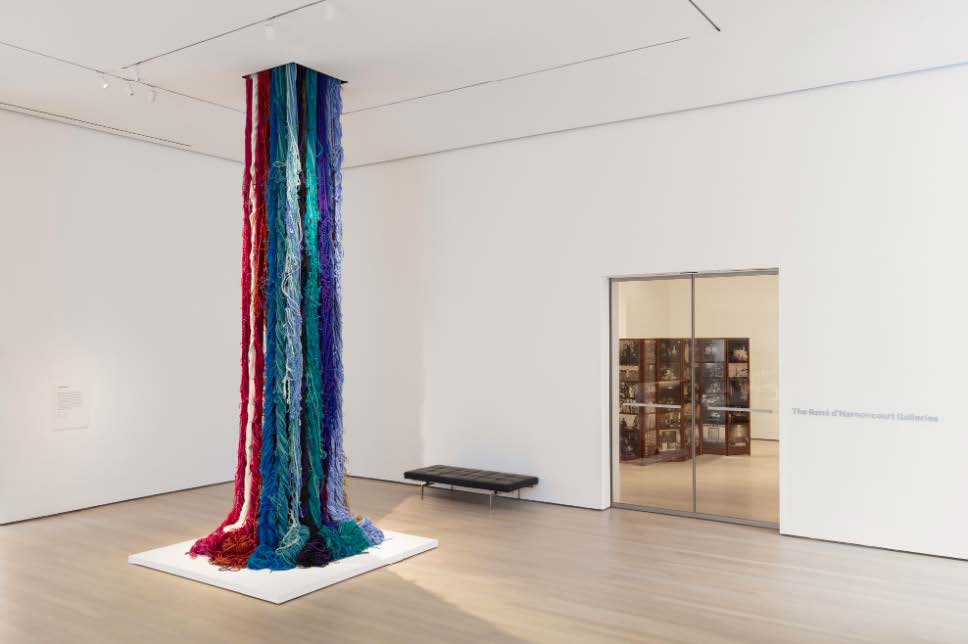
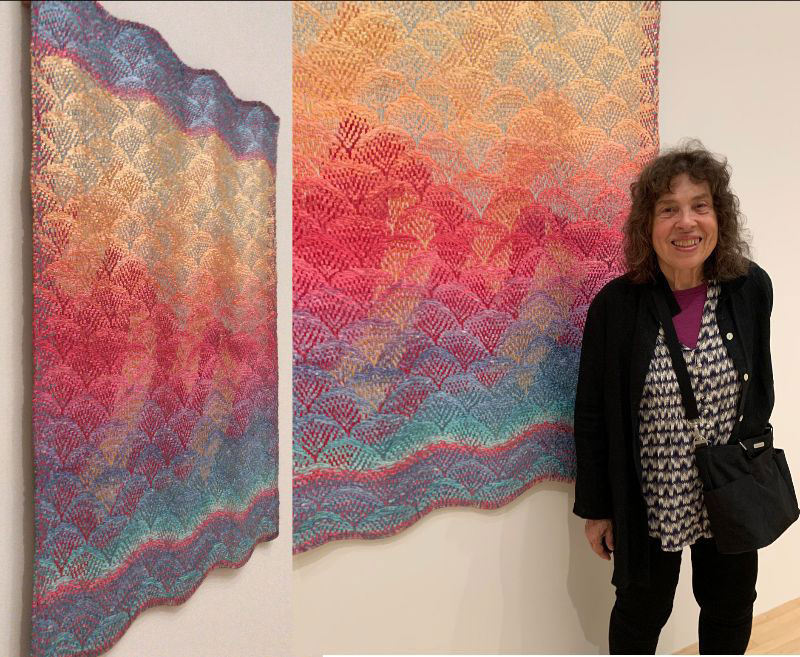
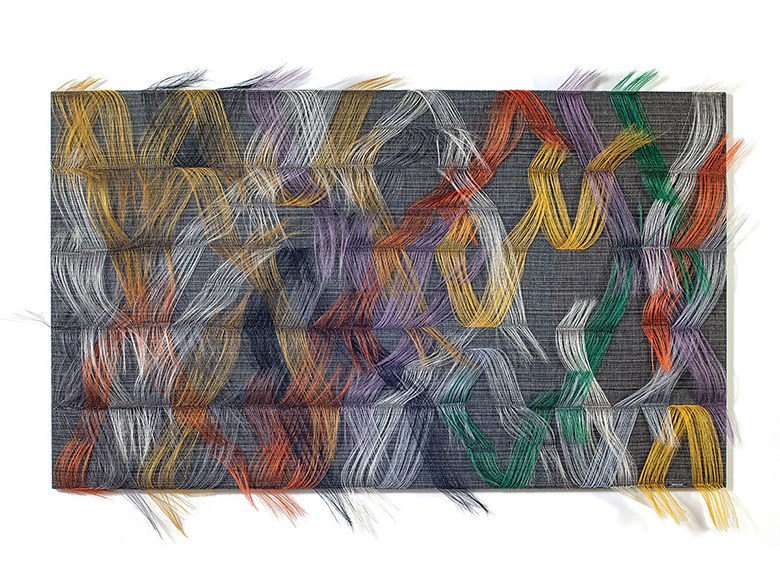
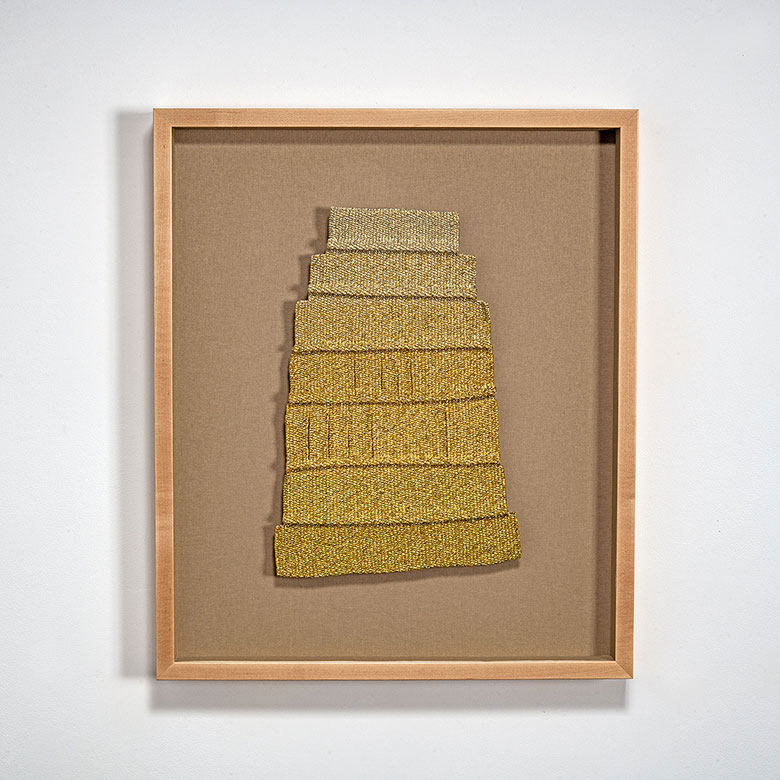
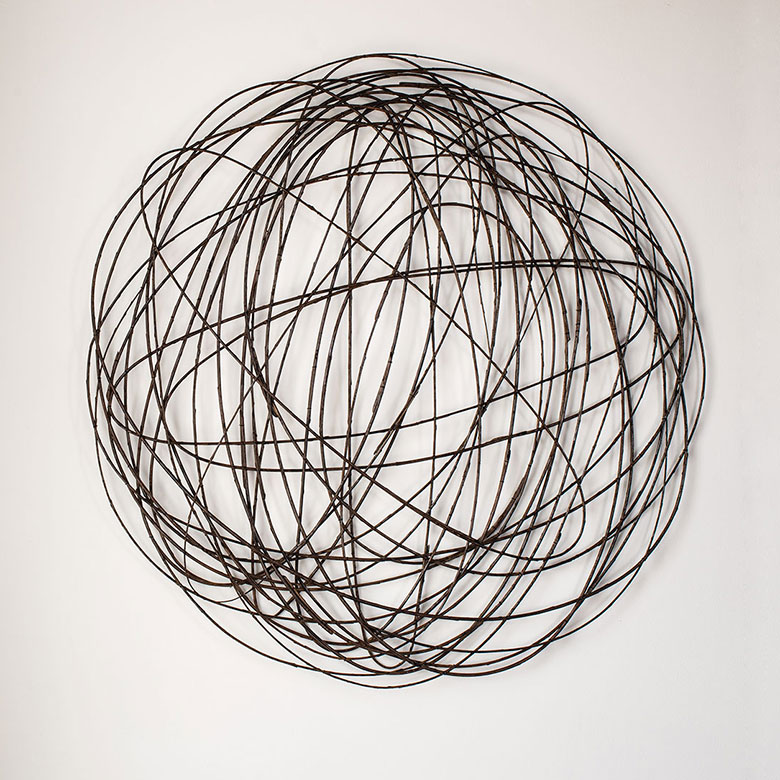
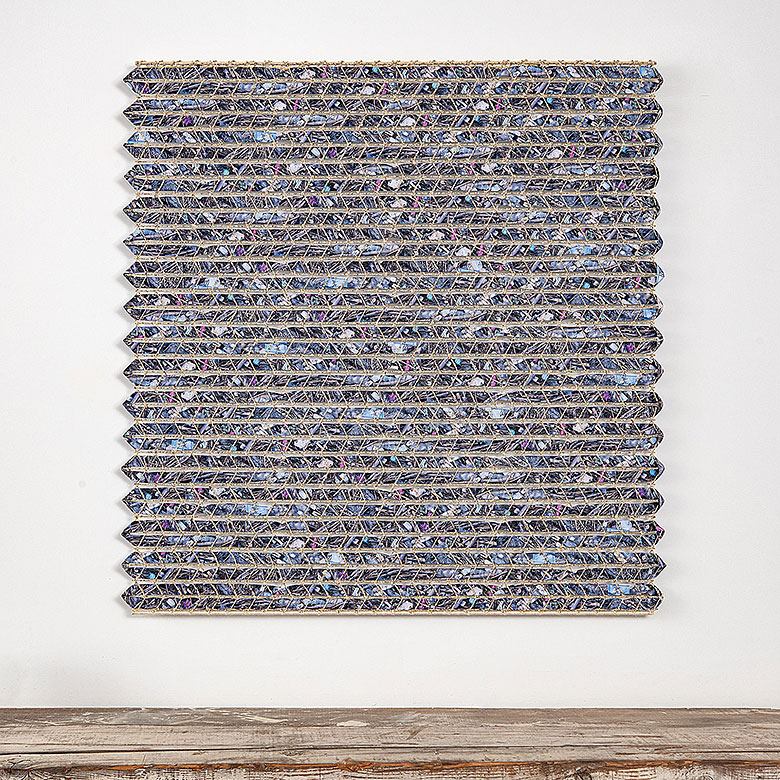
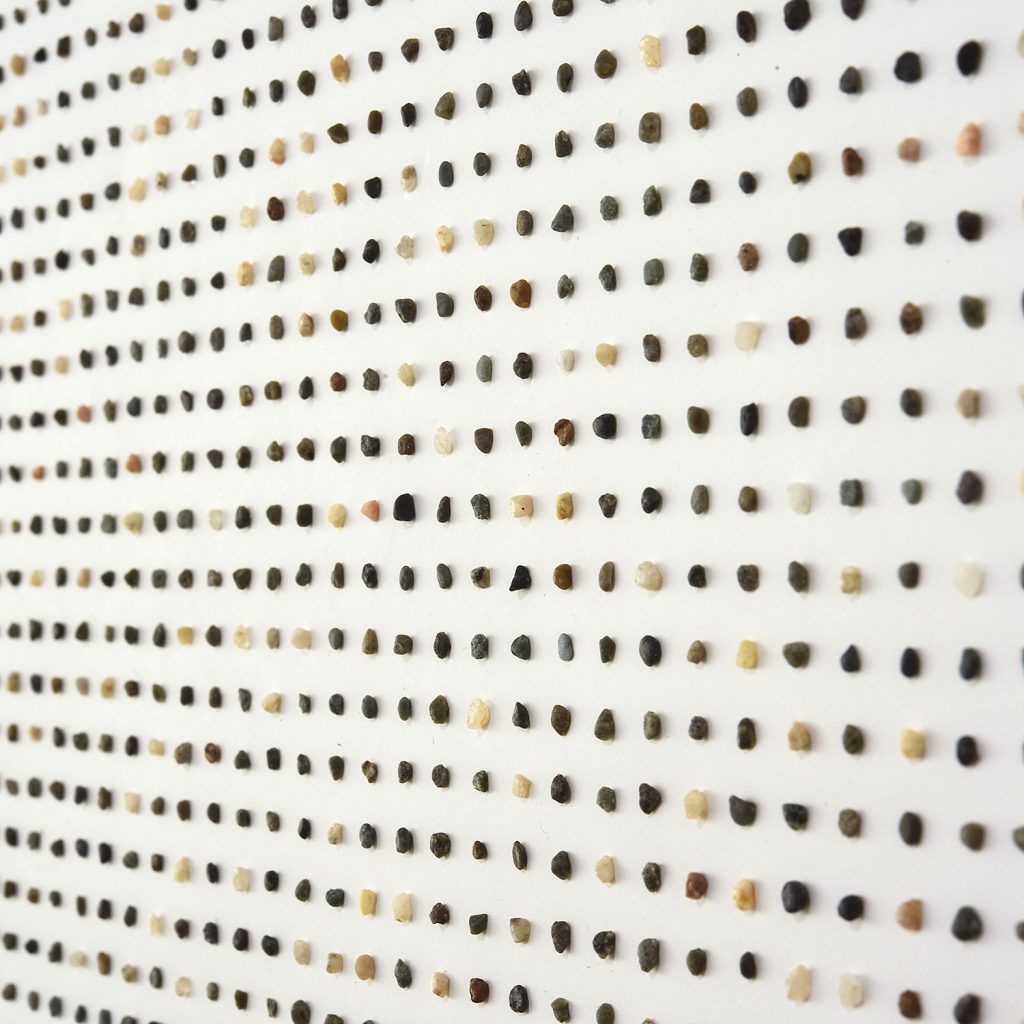
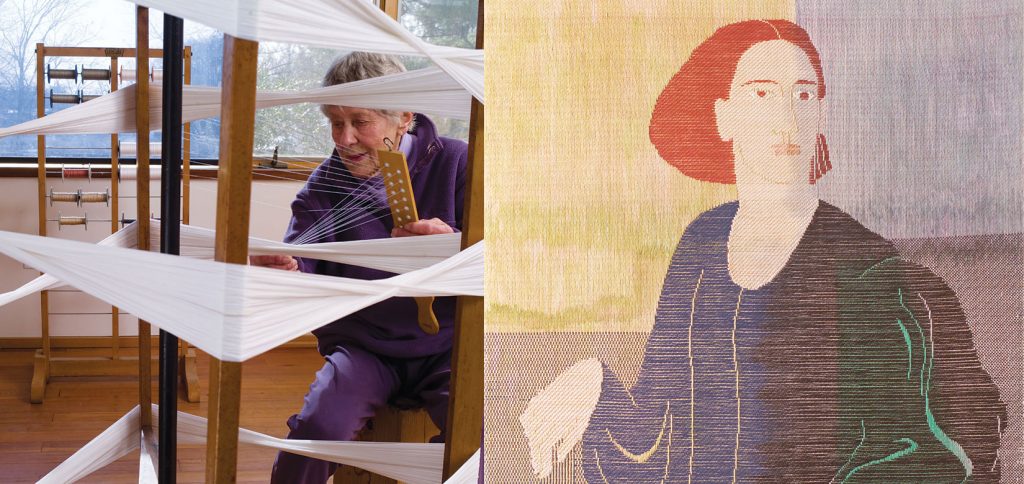

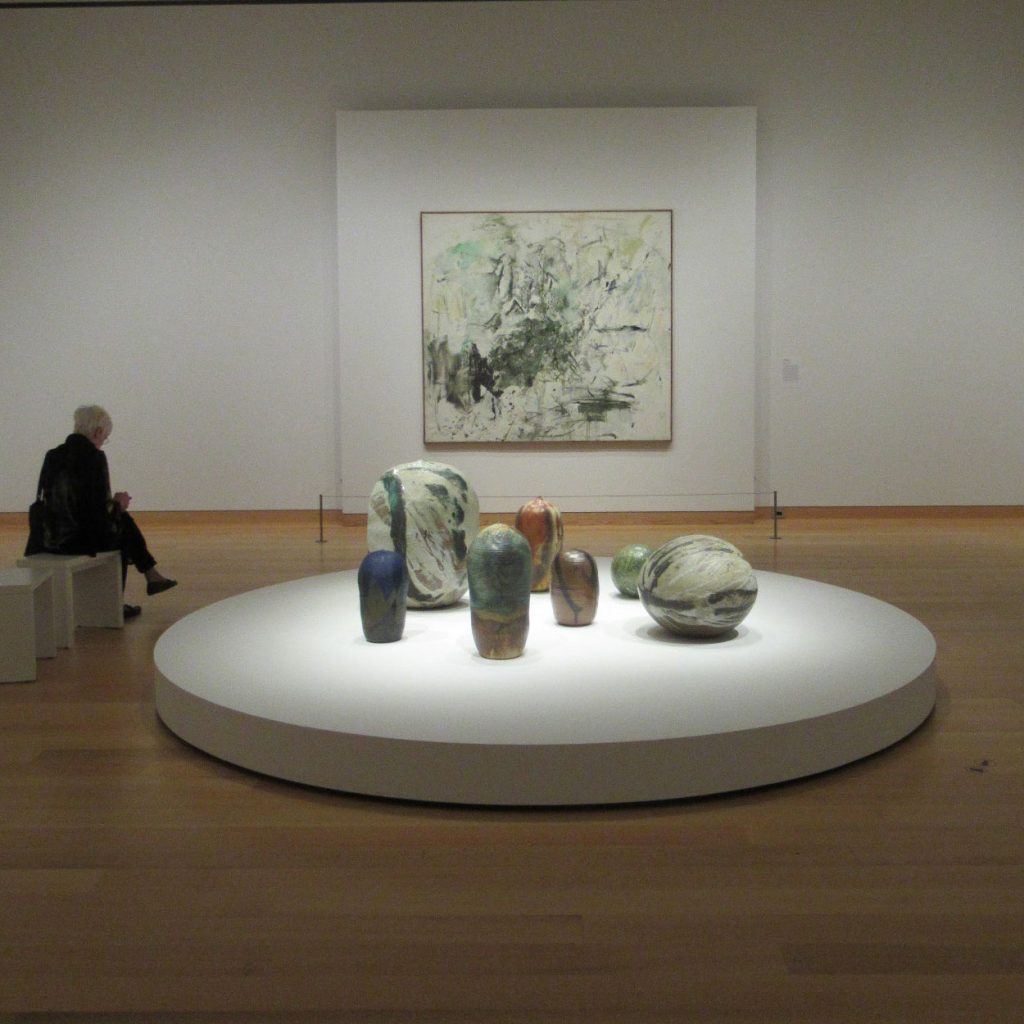

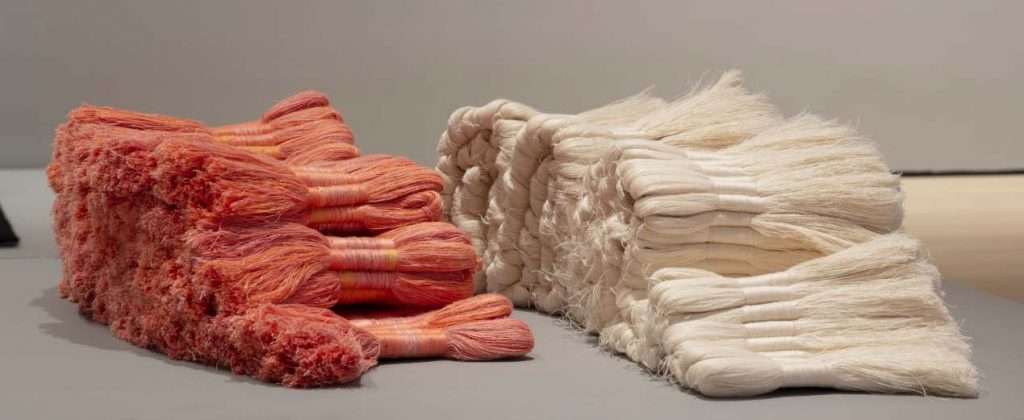


Art & Identity: A Sense of Place
In our 2019 Art in the Barn exhibition, we asked artists to address the theme of identity. In doing so, several of the participants in Art + Identity: an international view, wrote eloquently about places that have informed their work. For Mary Merkel-Hess, that place is the plains of Iowa, which viewers can feel when viewing her windblown, bladed shapes. A recent work made a vivid red orange was an homage to noted author, Willa Cather’s plains’ description, “the bush that burned with fire and was not consumed,” a view that Merkel-Hess says she has seen.
The late Micheline Beauchemin traveled extensively from her native Montreal. Europe, Asia, the Middle East, all influenced her work but depictions of the St. Lawrence River were a constant thread throughout her career. The river, “has always fascinated me,” she admitted, calling it, “a source of constant wonder” (Micheline Beauchemin, les éditions de passage, 2009). “Under a lemon yellow sky, this river, leaded at certain times, is inhabited in winter, with ice wings without shadows, fragile and stubborn, on which a thousand glittering lights change their colors in an apparent immobility.” To replicate these effects, she incorporated unexpected materials like glass, aluminum and acrylic blocks that glitter and reflect light and metallic threads to translate light of frost and ice.
Mérida, Venezuela, the place they live, and can always come back to, has been a primary influence on Eduardo Portillo’s and Maria Davila’s way of thinking, life and work. Its geography and people have given them a strong sense of place. Mérida is deep in the Andes Mountains, and the artists have been exploring this countryside for years. Centuries-old switchback trails or “chains” that historically helped to divide farms and provide a mountain path for farm animals have recently provided inspiration and the theme for a body of work, entitled Within the Mountains. Nebula, the first work from this group of textiles, is owned by the Cooper Hewitt Museum.
Birgit Birkkjaer’s Ode for the Ocean is composed of many small woven boxes with items from the sea — stones, shells, fossils and so on — on their lids. ” It started as a diary-project when we moved to the sea some years ago,” she explains. “We moved from an area with woods, and as I have always used materials from the place where I live and where I travel, it was obvious I needed now to draw sea-related elements into my art work.”
“I am born and raised in the Northeast,” says Polly Barton, “trained to weave in Japan, and have lived most of my life in the American Southwest. These disparate places find connection in the woven fabric that is my art, the internal reflections of landscape.” In works like Continuum i, ii, iii, Barton uses woven ikat as her “paintbrush,” to study native Southwestern sandstone. Nature’s shifting elements etched into the stone’s layered fascia reveal the bands of time. “Likewise, in threads dyed and woven, my essence is set in stone.”
For Paul Furneaux, geographic influences are varied, including time spent in Mexico, at Norwegian fjords and then, Japan, where he studied Japanese woodblock, Mokuhanga “After a workshop in Tokyo,” he writes, “I found myself in a beautful hidden-away park that I had found when I first studied there, soft cherry blossom interspersed with brutal modern architecture. When I returned to Scotland, I had forms made for me in tulip wood that I sealed and painted white. I spaced them on the wall, trying to recapture the moment. The forms say something about the architecture of those buildings but also imbue the soft sensual beauty of the trees, the park, the blossom, the soft evening light touching the sides of the harsh glass and concrete blocks.”